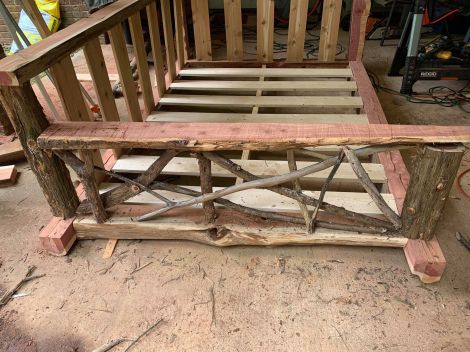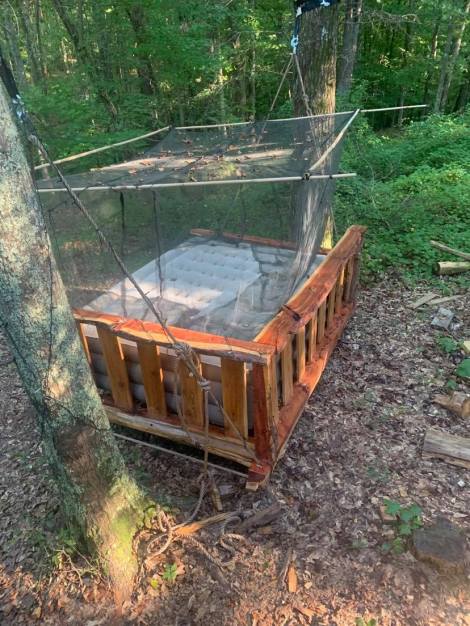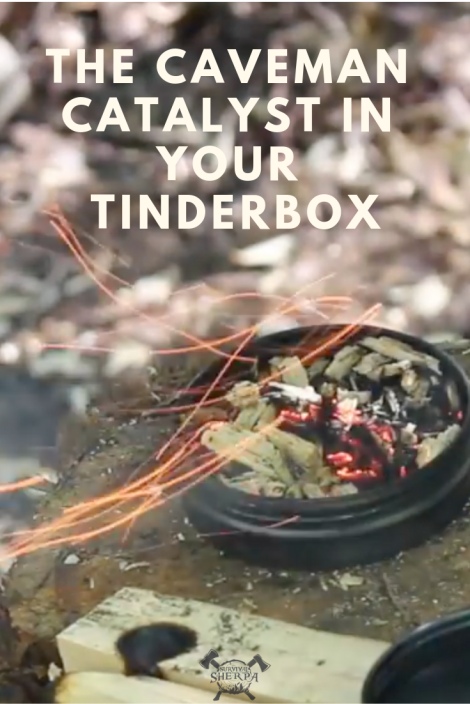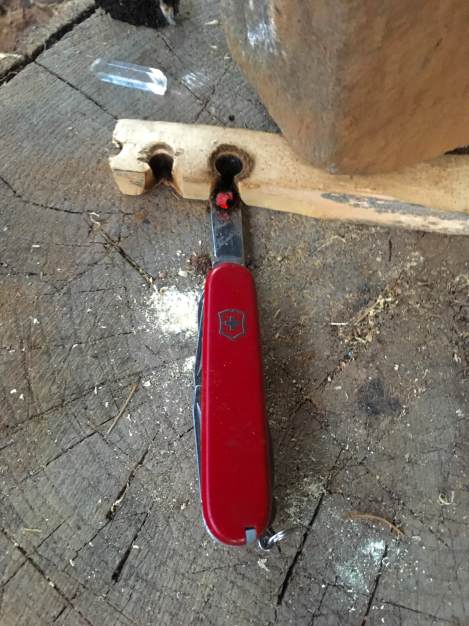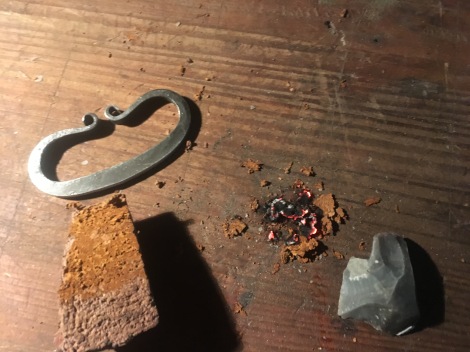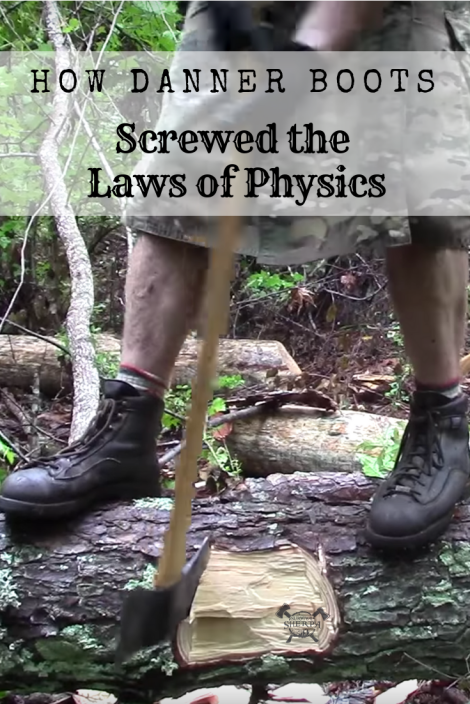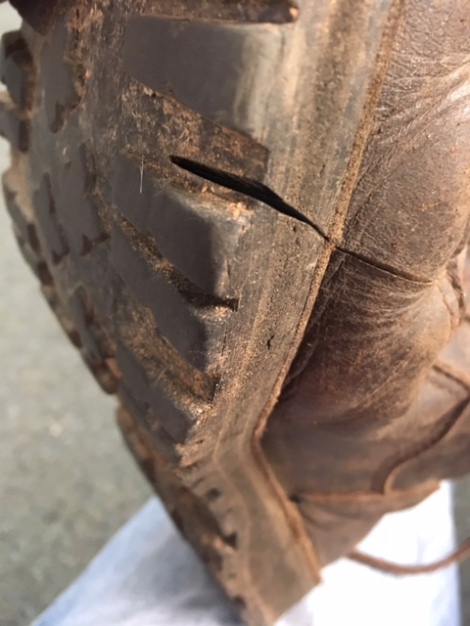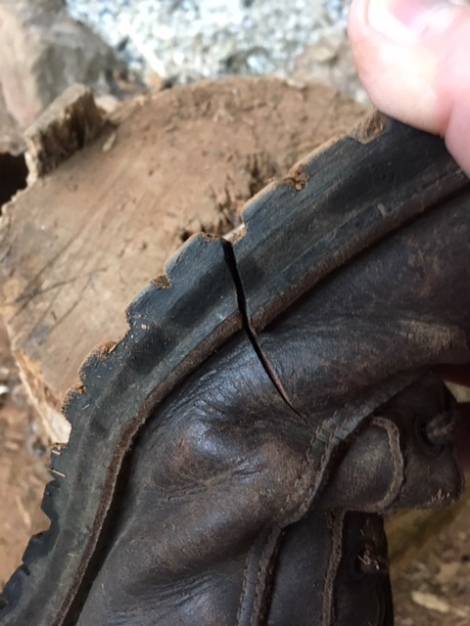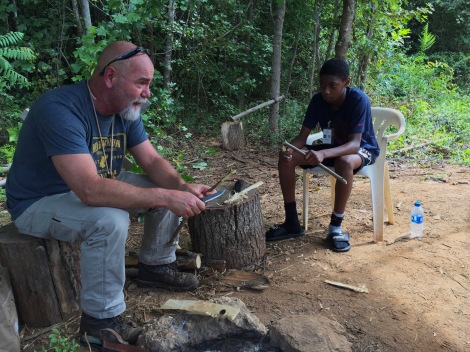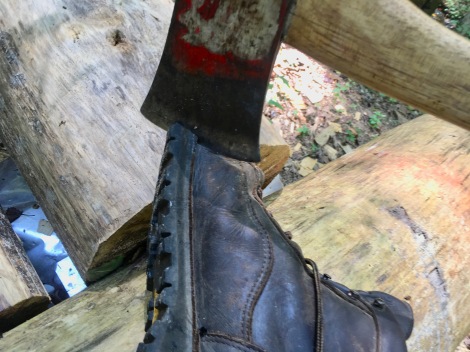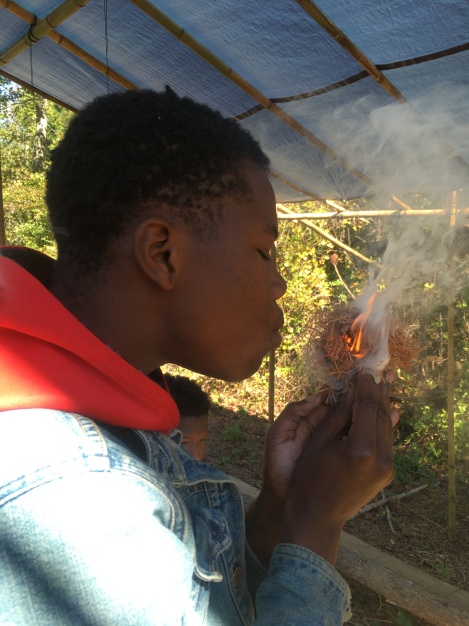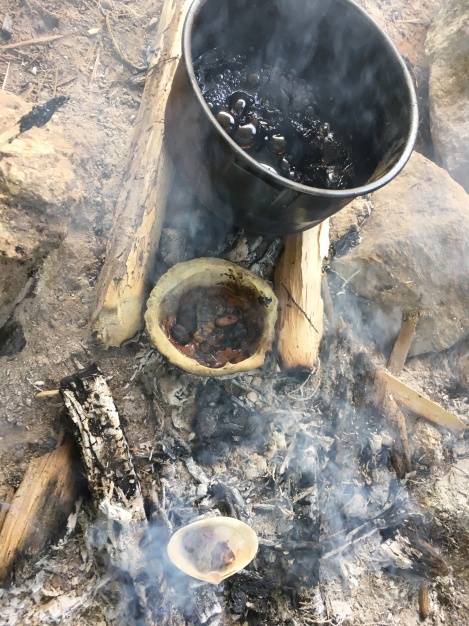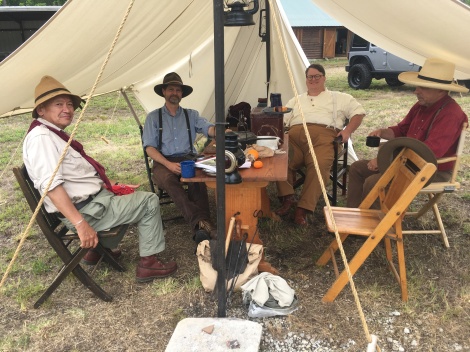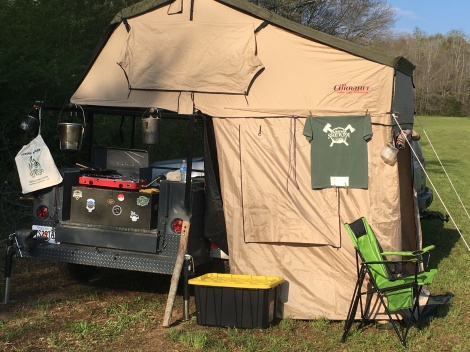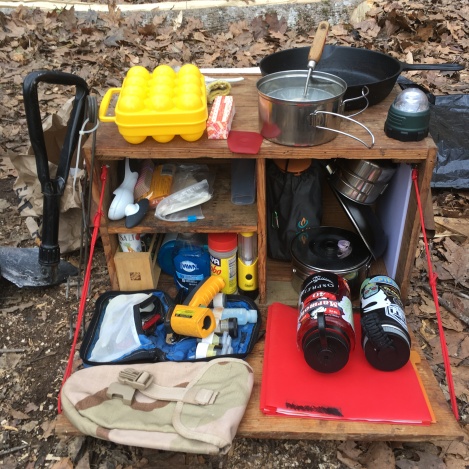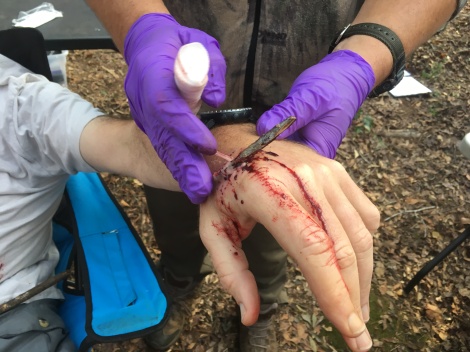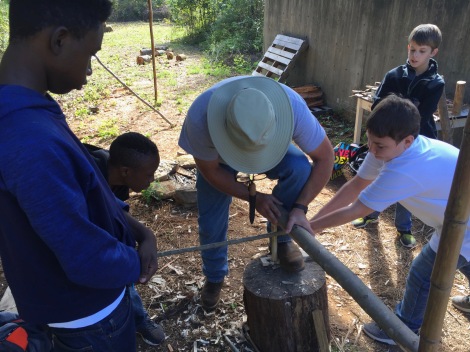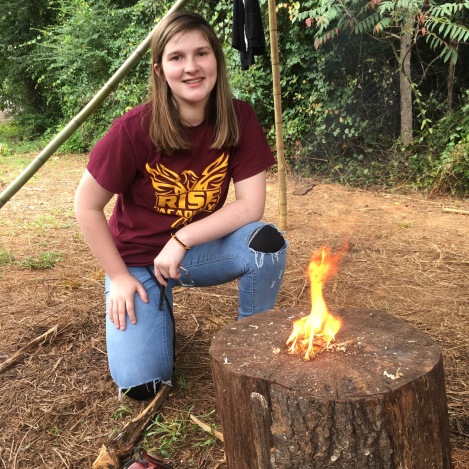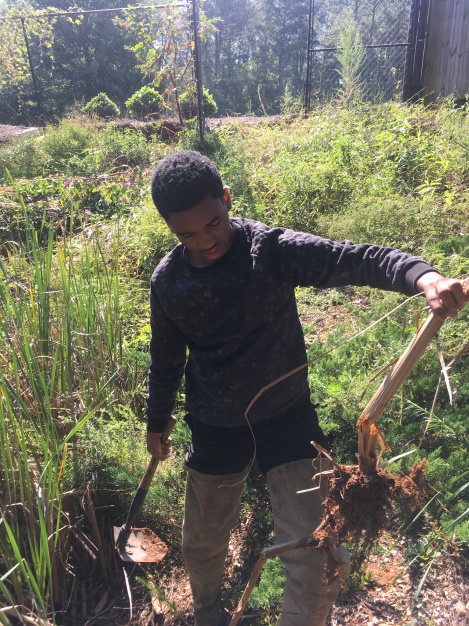
Retirement (June 2022) has me reflecting on my lifework. The dust-covered rocking chair overlooking the pond tells me that it ain’t over. In between working on my new log cabin, I’ve been building my next adventure, the Survival Sherpa School!
Often when you think you’re at the end of something, you’re at the beginning of something else.
~ Fred Rogers
December 2022 marks the 11th birthday of this blog. While writing over 600 articles here, I’ve never made a dime from the blog. I’m not more virtuous than others by offer all this free information over the years. I don’t hate money, it’s just the model I chose from the beginning.
However, the Survival Sherpa School is a separate site with a mission to offer hands-on classes to help you learn, prepare, and survive. With the help of my good friend, Melonie of Mel of the Mountains, we now offer a variety of classes on many primitive and traditional skills from bark baskets to hide tanning. I’ll be adding more class content in the near future.
Do me a favor and go check out the site to see what may interest you or someone you know.
While you’re visiting the Survival Sherpa School, hit that Subscribe button to join our community. You’ll be the first to be notified of upcoming classes, events, and exclusive content you won’t see on this blog, YouTube channel, or social media.
Some of our followers have been here from the very start and I can’t thank you enough for all your faithful support! We’ve learned a lot together through the magic of the internet. I’ll continue to post value-added content here, don’t worry.
After our Appalachian Bark Basket class at Little Rose Nature Adventures, we’ve taught three more classes in two states (GA and NC)! Below are some highlights of the experiential learning going on.
Appalachian Bark Baskets

More than an arts and crafts class, these eager students learned the context of making natural containers which their ancestors used many years ago.

Firecraft Essentials

Fire is life and learning many methods to achieve a sustainable fire is essential. 
Modern ferrocerium rod in action.

Although we teach primitive and modern techniques, we stress that your fire kit should be simple enough that a five-year-old can use it.
Homeschool Co-op Demo in North Carolina

Melonie demonstrating the utility of turning raw animal hides into useful material for clothing and gear.


Axmanship 101


Students discovered and practiced hands-on techniques to safely fell, limb, buck, and split wood with their ax only. Thanks to Georgia Bushcraft, LLC for hosting this class.
Georgia Bushcraft Fall Gathering
A few of the classes we taught at this years fall gathering. Mel of the Mountains showing students how to make their own buckskin medicine pouches.


Two ladies getting their hands dirty practicing the Flip-Flop Winch.

As you can see, we’ve had a busy schedule recently! If you’d like to stay up to date on future classes and content, be sure to subscribe to our email list here. By the way, we will travel to you or your group’s location for classes and personal instruction.
I’d also like to thank my long-time blogging friend, Patrick Blair of NinjaWolf Studios, for his expert work in building the new Survival Sherpa School website! Be sure to check out Southern Dreams Homestead where he and Jessie are building a self-reliant urban homestead right here in Georgia.
Keep Doing the Stuff of Self-Reliance,
~ Todd
P.S. – You can also keep up with the Stuff we’re Doing on Twitter, Pinterest, YouTube, Instagram, and Facebook… and over at our Doing the Stuff Network.
P.P.S – If you find value in the blog, I would appreciate your vote on Top Prepper Sites! You can vote daily by clicking here or on the image below. Check out all the other value-adding sites while you’re there…
Thanks for Sharing the Stuff!
Copyright © by Survival Sherpa: Content on this site (unless the work of a third-party) may be shared freely in digital form, in part or whole, for non-commercial use with a link back to this site crediting the author. All links in articles must remain intact as originally posted in order to be republished. If you are interested a third-party article, please contact the author directly for republishing information.








